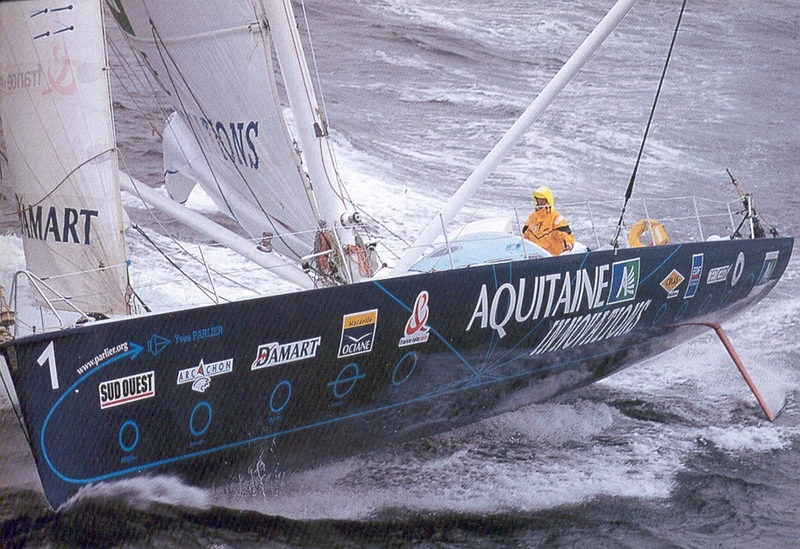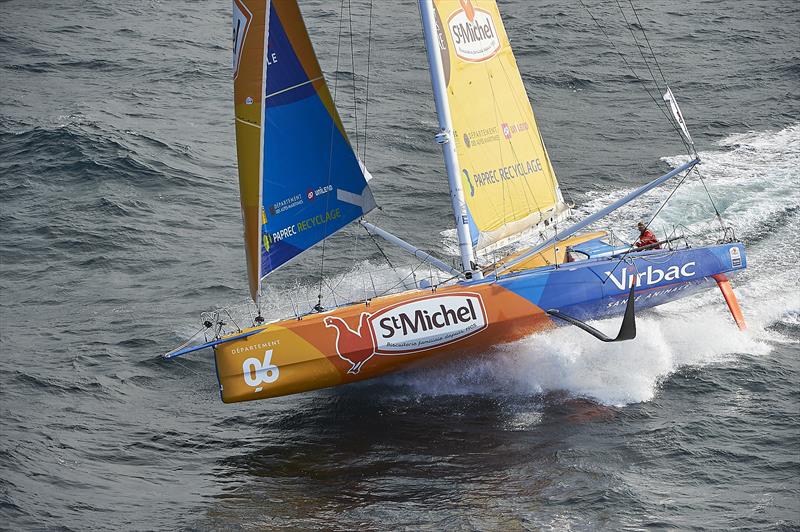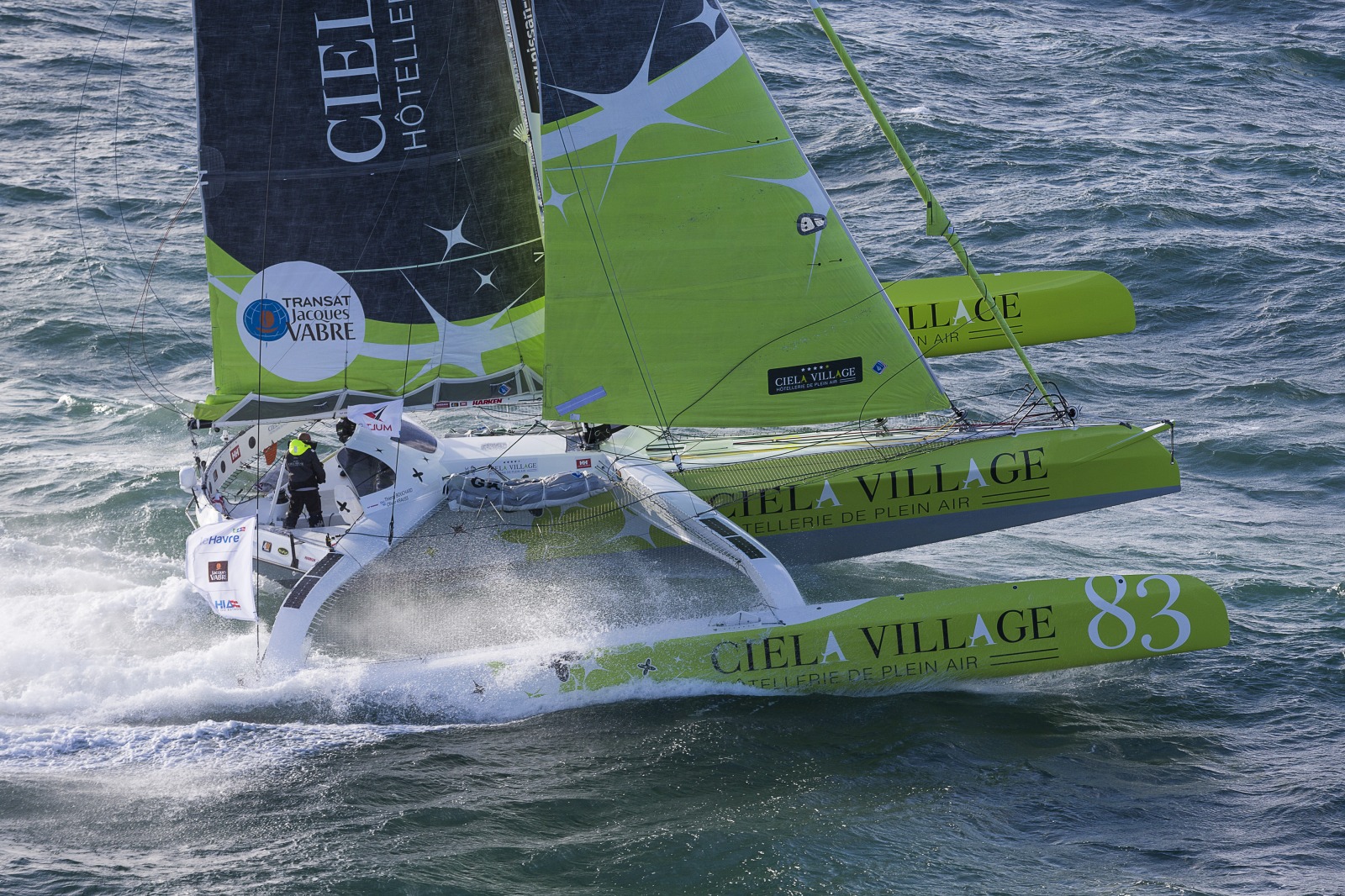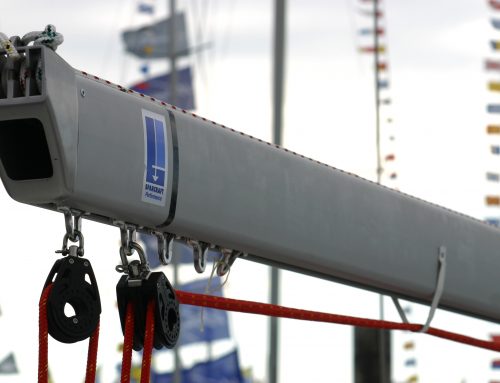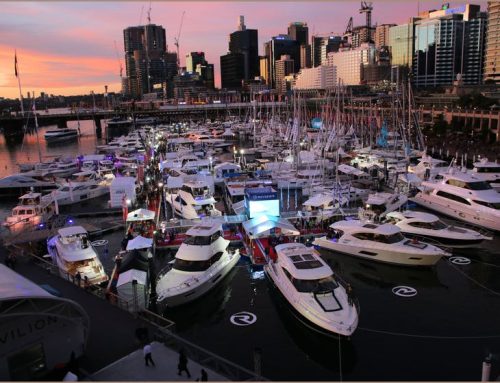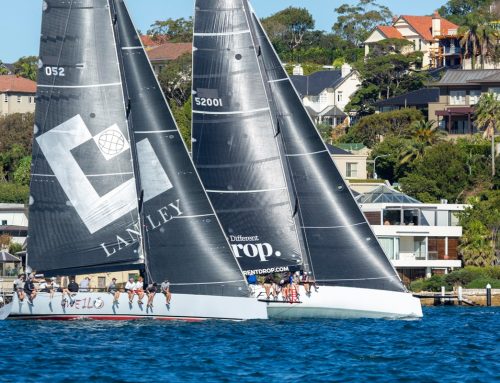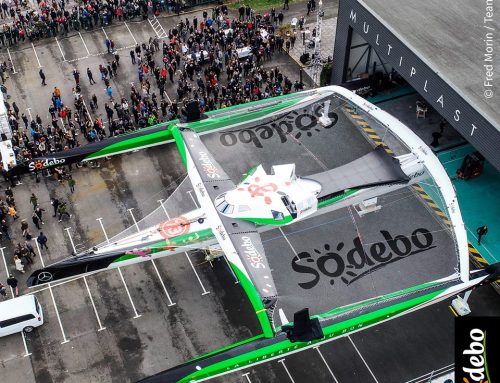Skip to content
OCEAN RACING AND THE FURLERS
For the past 20 years, a significant number of offshore yachts have been used as test beds, and as they are prototypes, many manufacturers have taken the opportunity to develop unique solutions and respond to even more complex specifications.
As an historical guideline, we could say that IMOCA 60’s are an older class which has seen several technical and technological evolutions over time.
In no specific order, below are some milestones in the industry:
-
Occurrence of the first canting keels
-
Turn of the century rigging is replaced by rigging with spreader bars
-
Furlers are replaced by structural furlers
-
Wire forestay are replaced by Kevlar cables initially, then by PBO and today carbon.
-
Automatic pilots are improved (solo skippers only steer around 20% of a world tour)
-
Hydrogenerators are producing more electrical power, so diesel generator needs half the petrol of the first editions
-
Sails have evolved considerably: cuben fibres, 3Di, etc…
-
Satellite connections allow sailors to communicate with the land, to send images, videos, and also to receive extremely precise weather data.
NAVTEC and PROFURL have been pioneers in this field.
As mentioned above, the main evolution on these boats was the introduction of synthetic fibre cables – Navtec started as the main player with its Biconic system and its Kevlar and PBO cables.
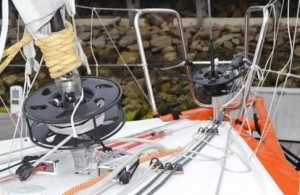
In 1999, PROFURL first tried to make furlers with aluminium foils to put on those cables. Then furlers with carbon profiles came out. In the end, French sailor Yves Parlier was the first to come up with a furler where the carbon profiles also achieved the structural hold of the rigging, then replacing the forestay.
From the time of the Vendee Globe 2000, NAVTEC cables were associated with structural furlers: the « stockeurs » (French translation for structural furler) are created for the first time by PROFURL. The French manufacturer equipped 90% of the fleet that year!
Today the synthetic fibres which compose these cables have evolved even more, and some of those boats are even equipped with rigid carbon cable! A big advantage for the furling of the sails: no more delay between the start of the furling at the bottom and the top, unlike soft textile cable.
To accompany this quest from the sailors and their teams, on the weight reduction and the improvement of furling, PROFURL is still innovating in this field.
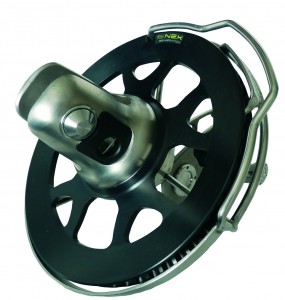 The products designed for those racing boats are of a « Hybrid » type: ceramic bearings with no sensitivity to corrosion, and textile attachments directly anchored into the heart of the mechanisms.
The products designed for those racing boats are of a « Hybrid » type: ceramic bearings with no sensitivity to corrosion, and textile attachments directly anchored into the heart of the mechanisms.
The results are swivels and hooks 2 x lighter and easier to manœuvre.
These custom products were on board the winner of the last Vendee Globe, and more recently the IMOCA 60 winner of the Jacques Vabre Transat St Michel Virbac, skippered by JP Dick and Yann Elies.
St Michel Virbac had a NEX6.X and a NEX9.X hooks, which have been on board since the construction of the boat before the previous Vendee Globe. The hooks performed very well and the team were very pleased with the products and service they received from Profurl.
Profurl also equipped the first new generation MULTI50 with foils – CIELA VILLAGE – however sadly the boat had to stop in the Canary Islands due to daggerboard damage.
Other boats were equipped by PROFURL however it can be difficult to know exactly which ones and with how many systems, as those boats often change hands and name, so we tend to lose track of our products.
Tomorrow, it is on the next America’s Cup and the flying boats that PROFURL will offer again to work with the teams in their quest to the ultimate product.


